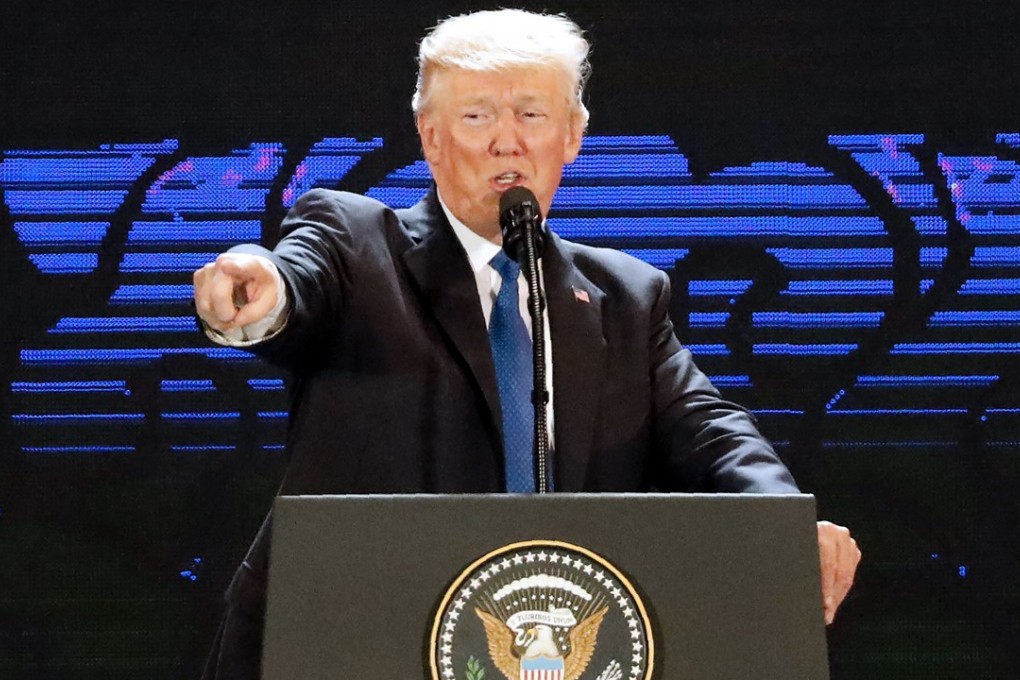‘Indo-Pacific’: containment ploy or new label for region beyond China’s backyard?
Analysts from five countries weigh in on the Trump administration’s move away from the conventionally used term ‘Asia-Pacific’

As US President Donald Trump continues his first Asian trip, he and his administration appear to have pivoted in their approach to the region.
In official schedules and speeches, Trump and top US officials have begun using the term “Indo-Pacific” instead of the more conventional “Asia-Pacific”, embracing a concept seen as part of a policy to contain China.
Trump used the term during a press conference with South Korean President Moon Jae-in and reportedly reached an agreement with Japanese Prime Minister Shinzo Abe, who has promoted the concept since 2007, to build a free and open Indo-Pacific region.
But China’s foreign ministry downplayed the US president’s affection for the terminology. Ministry spokeswoman Hua Chunying said the region remained important and had great potential, regardless of “whatever concept or term is employed”.
The “Indo-Pacific” label broadens the region’s concept, moving focus away from China – the key actor in “Asia-Pacific” – to emphasise India and the Indian Ocean. This framework paves the way for a quadrilateral alliance between the United States, Japan, Australia and India. It has gained support in those nations over the years, with Australian Foreign Minister Julie Bishop saying she welcomed discussions to “maximise our opportunities within the Indo-Pacific region”.
The South China Morning Post asked five analysts from each of the five countries to weigh in on the term’s use.